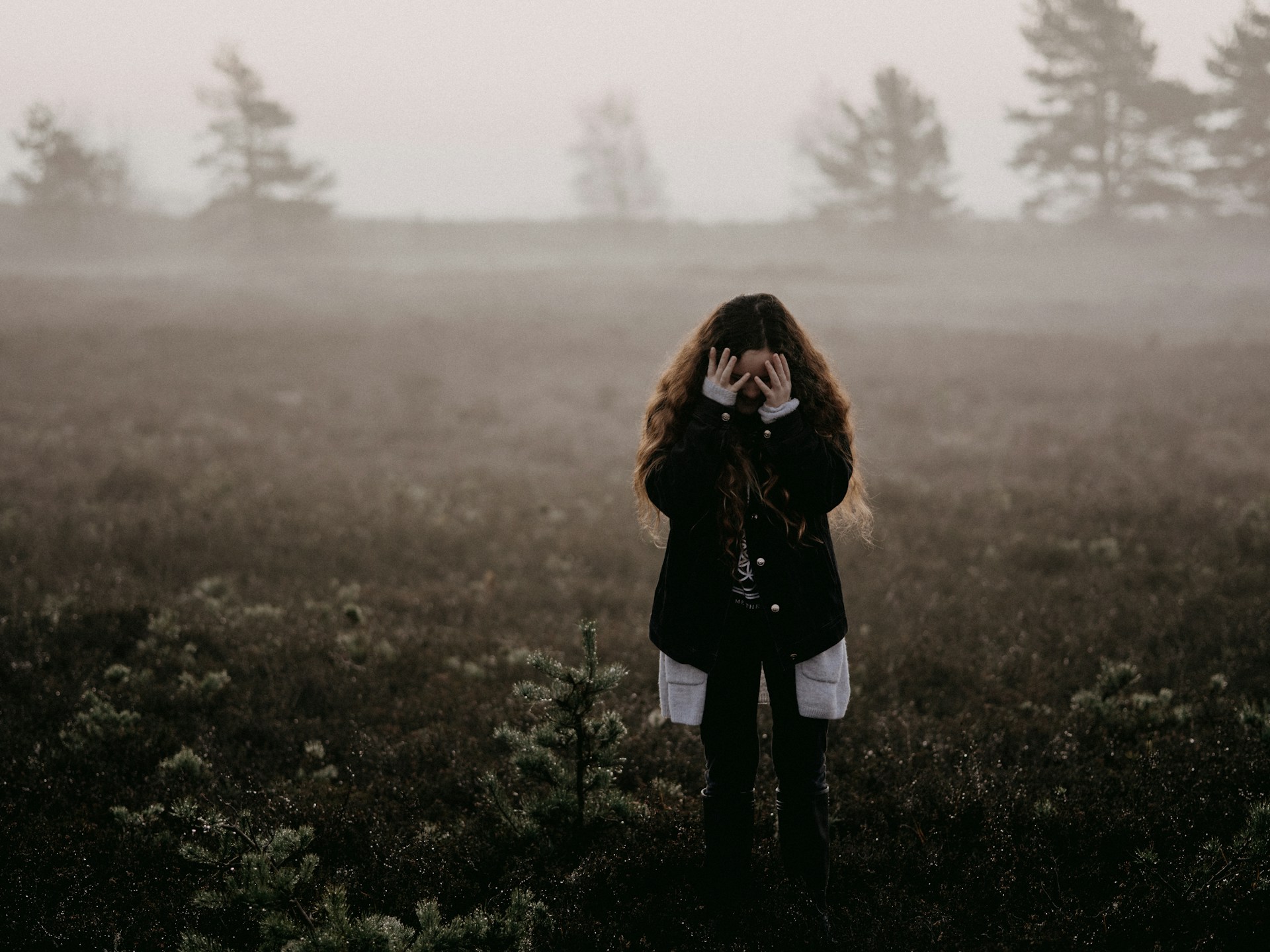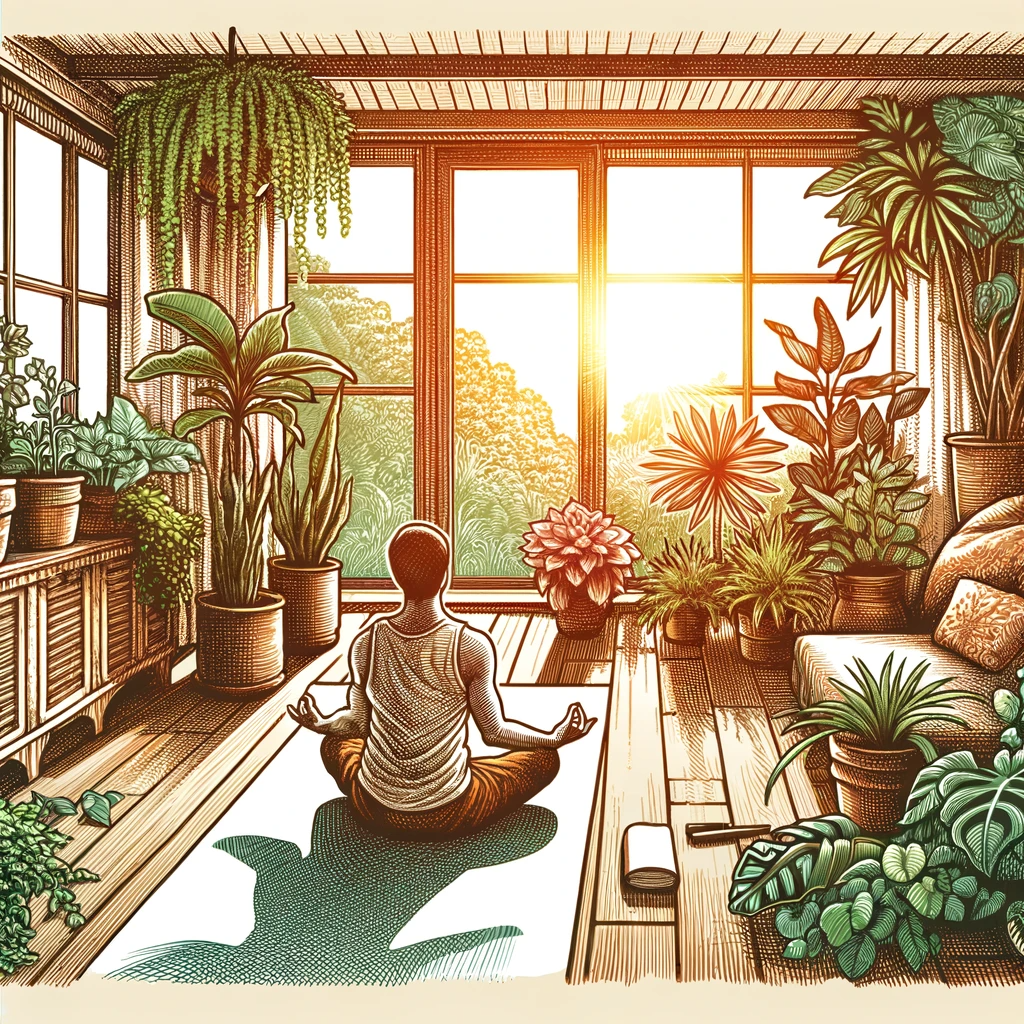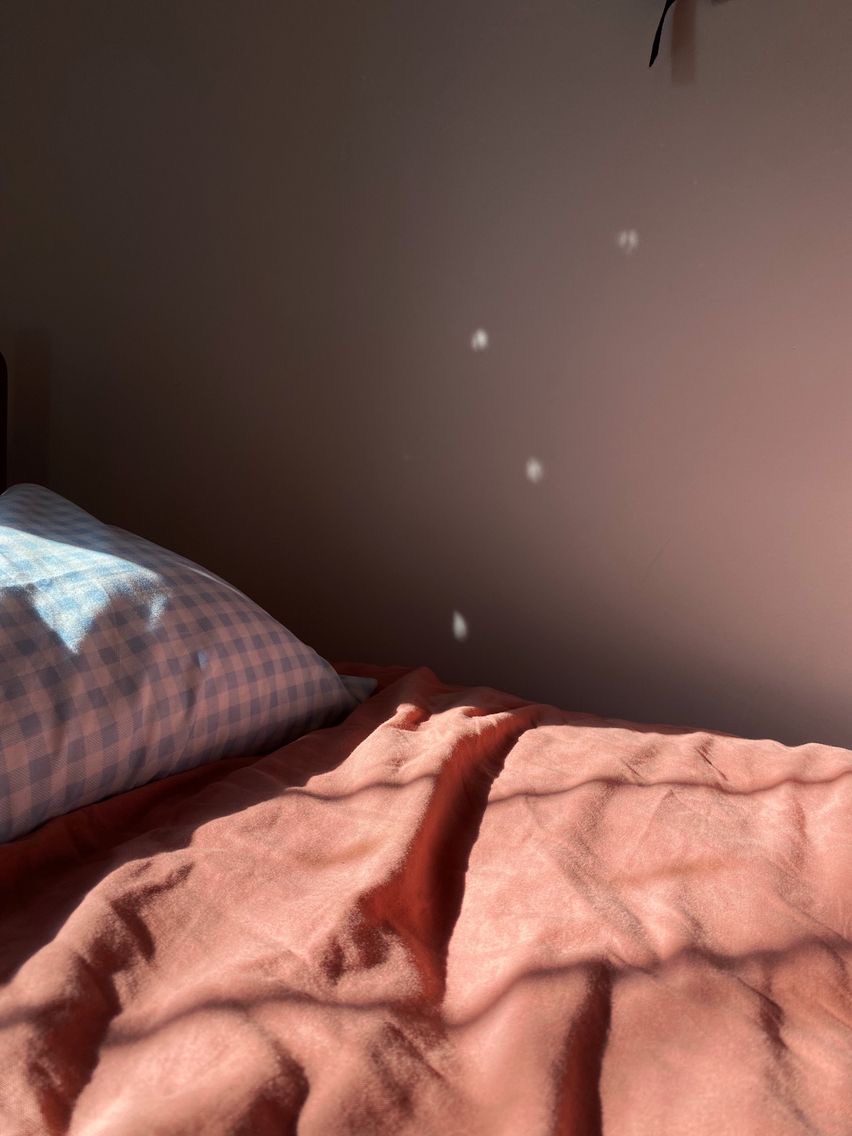Have you ever envied those bright-eyed people who jump out of bed at dawn, seemingly ready to tackle the day with gusto? Well, turning yourself into a morning person might not require a magic wand, just a better understanding of your body clock.
Today, we’re diving deep into how you can shift your circadian rhythm to not only wake up earlier but also to feel great doing it. Imagine enjoying the serenity of morning hours, getting things done when the world is just starting to stir. Let’s explore how you can reset your internal clock and make the most of your mornings!
Understanding Your Current Circadian Rhythm
What is a Circadian Rhythm?
Your circadian rhythm, or body clock, is a natural, internal system designed to regulate feelings of sleepiness and wakefulness over a 24-hour period. Driven largely by biological processes, it influences when you wake up, when you feel sleepy, and how alert you are at various points of the day. Factors like genetics, age, and lifestyle can tweak this rhythm, making some of us night owls and others early birds.
Assessing Your Sleep Habits
To shift your body clock, you first need to understand your current patterns. It’s not just about noticing what time you crash or wake up; it’s also about how you feel throughout the day. Do you struggle to stay awake in meetings after lunch? Do you get a second wind late at night? Tracking your sleep and wake times, along with your energy levels, for a couple of weeks can provide crucial insights into your natural tendencies.
Aligning with Natural Light
Natural light is a powerful regulator of the sleep-wake cycle. Exposure to light in the morning increases cortisol levels which help wake us up, and decreases melatonin, the hormone that makes us sleepy. To become a morning person, try to get sunlight as soon as you wake up. Open those curtains, or better yet, step outside. If you’re up before the sun, consider a light therapy box, which can simulate sunrise and help adjust your body clock.
Managing Light Exposure
At night, the opposite applies. Minimize exposure to blue light from screens, as it can delay the release of melatonin and push back your sleep time. Apps that filter blue light can help, but it’s even better to put electronics away an hour before bed. Embrace dim lighting and maybe a good old-fashioned book to help you wind down without confusing your body clock.
Gradual Adjustments to Bedtime and Wake-up Time
Shifting Your Sleep Schedule
Here’s the not-so-secret formula: adjust gradually. Abrupt changes to your sleep schedule can leave you feeling groggy and out of sorts. Start by going to bed and waking up just 15 minutes earlier every few days until you reach your desired time. It’s like training for a marathon—you wouldn’t run 26 miles on your first day of training, right? This gradual shift helps your body adapt without major shocks.
Staying Consistent
Consistency is key. Even on weekends, try to stick to your new sleep schedule as closely as possible. Yes, it can be tempting to hit snooze and sleep in, but doing so can throw your rhythm off for the rest of the week. If you find consistency tough, focus on creating a bedtime routine that you look forward to—it can be as simple as a cup of herbal tea or a few minutes of meditation to signal to your body that it’s time to wind down.
Diet and Exercise
How Diet Influences Your Circadian Rhythm
What you eat and when you eat it can significantly affect your sleep patterns and overall circadian rhythm. For starters, heavy or rich foods late in the evening can disrupt your sleep. Instead, aim for a lighter dinner and consider eating earlier in the evening if possible. Incorporating foods rich in tryptophan, such as turkey or bananas, can promote sleepiness as they help the body produce melatonin.
The Impact of Stimulants
Caffeine and alcohol are two major culprits in disturbing sleep. It’s wise to avoid coffee, certain teas, and chocolate late in the day. Ideally, cut off caffeine at least six hours before bed. Alcohol might seem like it helps you relax and fall asleep faster, but it actually reduces the quality of your sleep, making it more fragmented.
Exercise and Sleep
Regular physical activity can help you fall asleep faster and deepen your sleep. Just don’t work out too close to bedtime, or you might be too energized to fall asleep. Morning exercises can be particularly effective in resetting your circadian rhythm. Not only do they expose you to natural light, but they also kickstart your metabolism and body temperature, aligning your body’s internal clock to be alert in the mornings and tired in the evenings.
Creating a Morning Ritual That You Love
One key to becoming a morning person is having a morning routine that excites you enough to get out of bed. This doesn’t mean you need an elaborate setup; it could be something as simple as a favorite coffee blend, a few minutes of stretching, or writing in a journal. Whatever it is, make sure it’s something that personally resonates with you and fits into your lifestyle.
Designing Your Morning
Start by thinking about what makes you feel good. If it’s quiet time, consider setting aside a few minutes to meditate or read. Love being active? Schedule a quick jog or yoga session. It’s about making the first hour of your day so enjoyable that missing it feels like a loss. This personal and enjoyable routine can dramatically improve your willingness to rise early.
Adjusting Your Environment
Lastly, consider your environment. A morning-friendly environment can greatly enhance your new routine. This might mean preparing your workout clothes the night before, setting up a coffee timer, or placing your alarm clock across the room to prevent snoozing. Small tweaks can lead to big changes in how you greet the day.
Becoming a morning person isn’t just about dragging yourself out of bed earlier; it’s about resetting your body’s internal clock and creating a morning that you look forward to. This journey requires understanding your circadian rhythm, manipulating light exposure, and making gradual adjustments to your sleep schedule. It also involves mindful eating, strategic exercise, and crafting a morning routine that resonates with your personal joy.
Patience is key—like any lifestyle change, it takes time to see results. Embrace these changes step by step, and you’ll find that your mornings transform from groggy beginnings to vibrant opportunities. Here’s to brighter mornings ahead!
















